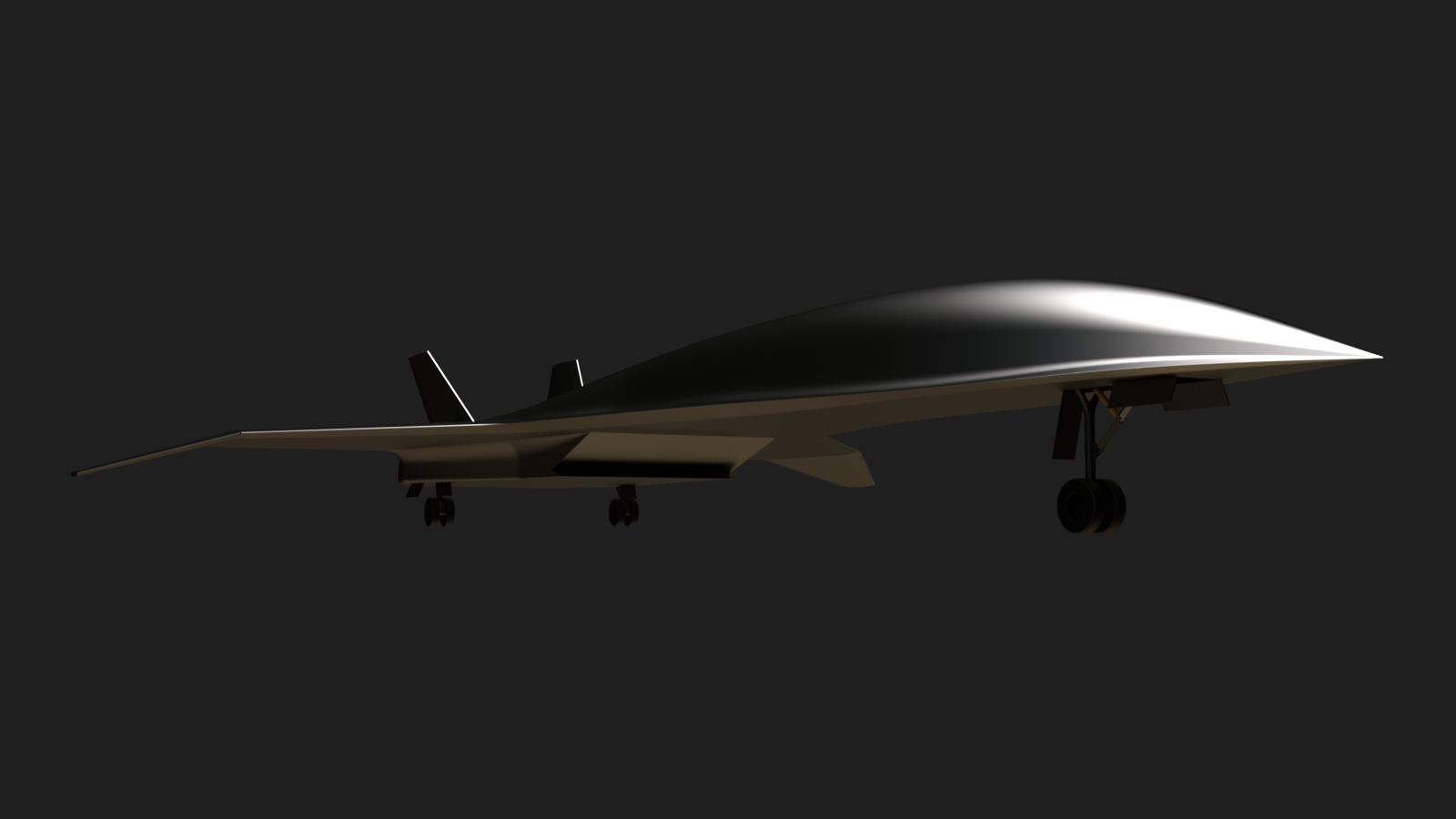Stay Up to Date
Submit your email address to receive the latest industry and Aerospace America news.
Why one company says it’s possible
Hypersonic commercial air travel, defined as flying faster than five times the speed of sound, might not be as far away as we thought.
Enter Hermeus Corp., an Atlanta startup that on Monday announced plans to debut a Mach 5 hypersonic passenger aircraft in eight to 10 years.
Hermeus is rare in the industry for touting the possibility of commercial flight at hypersonic speeds. Much of the hypersonics research around the world of late has focused on weapons applications.
“The materials, the propulsion systems, those are well understood. The challenge is integrating those technologies,” said Rob Weiss, a former director of Lockheed Martin Skunk Works in California and a member of the Hermeus board of advisers.
With an initial round of seed funding, the company plans to develop an engine for the demonstrator it hopes to build.
Traveling at nearly 5,000 kilometers an hour or more, hypersonic aircraft could drastically reduce commercial flight times. On a Mach 5 plane, a flight from New York to London would take 90 minutes instead of seven hours or longer.
The company is convinced the time is right for its endeavor.
“Jet engines have been flying since the 1950s, and we’re reaching the limit of what you can do with the jet engine,” said Skyler Shuford, previously director of avionics and software at Generation Orbit, the maker of GOLauncher 1, a U.S. Air Force air launched hypersonic test rocket now called X-60A.
What makes hypersonic vehicles so appealing for air travel also makes them difficult to design and manufacture, said Mark Lewis, director of the Science and Technology Policy Institute at the Institute for Defense Analyses, a not-for-profit think tank in Washington, D.C.
Hypersonic aircraft must sustain both extreme speeds and temperatures. Because of this, many common aircraft manufacturing components, like aluminum and regular jet engines, are not up to the task. Lewis said the challenge for Hermeus will be building an “operational system” that can withstand sustained flight.
“First and foremost, if you’re going to fly at Mach 5 or 6 throughout the atmosphere, you need an engine that’s going to operate at those speeds,” Lewis said.
That’s why propulsion is the first aspect of the aircraft Hermeus will tackle. Plans call for a turbine-based combined cycle, or TBCC, engine. The engine would act as a conventional turbine engine until Mach 3. Then, it would shift to ramjet mode, in which air would be compressed for combustion by the speed of the aircraft, instead of with compressor blades.
Combining the cycles in one engine would capitalize on the advantages of each.
“When you get up to Mach 3, you can’t use a more conventional compressor section because of the speed and stressors that prohibit the fan blades [of the engine] from operating at those speeds,” Weiss explained.
Part of the challenge, Shuford said, is to “build out the integration” of the two kinds of combustion cycles. Hermeus wants to demonstrate its TBCC propulsion system within a year.
Materials are another issue. The aircraft will be primarily made of titanium, Shuford said, because it holds up well under high heat. Lewis noted that the metal is “very difficult to work with” because it’s stronger than the aluminum many tools are made of.
Hermeus isn’t the only company attempting to make speedy air travel a reality. Reaction Engines in the U.K., has a high speed engine concept called SABRE, for Synergetic Air-Breathing Rocket Engine. Boeing unveiled its concept for a hypersonic aircraft in 2018, while Colorado-based company Boom Supersonic and Virginia-based Aerion Systems are developing supersonic aircraft for debut in the mid-2020s. Although slightly slower than hypersonic vehicles at speeds between Mach 1.5 and 3, supersonic aircraft still easily outpace today’s commercial aircraft.
“For all the skepticism you’d encounter, there’s nothing we’d rather see than a hypersonic aircraft,” Lewis said.
Weiss compared the challenge to the Apollo 11 moon landing: difficult, but certainly not impossible.
“The fundamental technologies to do that were understood, but it took years of various engineering and design, build, fly type of activities to test it out and understand how to do that,” he said.
About cat hofacker
As acting editor-in-chief, Cat guides our coverage, keeps production of the print magazine on schedule and edits all articles. She became associate editor in 2021 after two years as our staff reporter. Cat joined us in 2019 after covering the 2018 congressional midterm elections as an intern for USA Today.
Stay Up to Date
Submit your email address to receive the latest industry and Aerospace America news.




